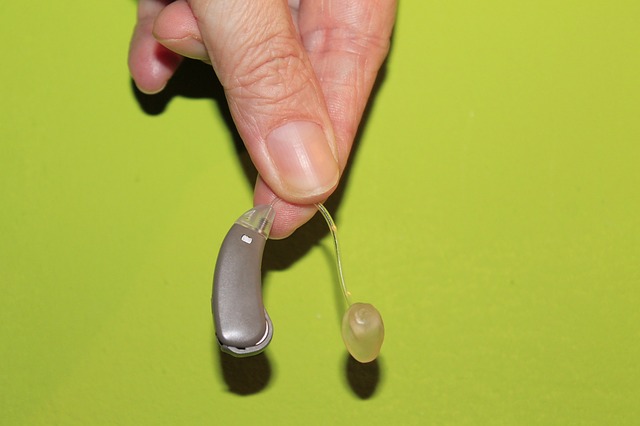According to the World Health Organization, an estimated 466 million people worldwide suffer from varying levels of hearing loss. Of these, nearly 34 million are children. Hearing loss can occur for a number of different reasons, some of which are entirely preventable. For example, long-term, regular exposure to loud noises and the use of certain drugs can damage the ears. Other potential causes can include chronic ear infections, other infectious diseases, genetic abnormalities, complications during birth, and aging. There are several devices, including hearing aids and cochlear implants, that can be used to help improve the lives of individuals suffering from hearing loss.
One of the most commonly used devices for hearing loss is the hearing aid. This is a small electrical device that helps to make sounds louder and clearer.
Three main categories of hearing aids
Hearing aid designs can be broadly classified into three main categories, including behind the ear (BTE), in the ear (ITE), and canal hearing aids. As the names suggest, BTEs are worn behind the ear, ITEs are worn inside the ear, and the canal hearing aids are placed within the ear canal. The choice of hearing aid largely depends on individual needs and personal preference. For example, canal hearing aids are often used by individuals that only suffer from hearing loss in one ear. On the other hand, BTEs are designed for all age groups, typically offer a greater amplification than most ITEs, and have longer battery life. Additionally, BTEs are cheaper compared to the ITEs since the latter are custom-molded for each individual. ITEs are advantageous because they are smaller and more discrete.
How do hearing aids work?
Irrespective of design, hearing aids have three basic parts, namely the microphone, amplifier, and speaker. Sound is received through the microphone and converted into electrical signals, which are further enhanced by the amplifier. These signals are subsequently sent to the ear through the hearing aid’s speakers. In other words, the main purpose of the hearing aid is to collect sound, amplify it, and send it to the ear.
Hearing aids can be a beneficial tool for individuals that have hearing some forms of hearing loss. Interestingly, however, many individuals are unaware that they suffer from hearing loss. Therefore, it is very important to go to your family doctor immediately if you feel that your hearing has become impaired. Doctors will be able to refer you to either an otolaryngologist, who specializes in the ear, nose, and throat, and can help you determine the cause of hearing loss, or an audiologist who can perform the appropriate tests to determine the type and extent of the loss. Together, they will be able to help you decide which device, if any, is most appropriate for you.
Written by Haisam Shah
References:
World Health Organization Fact Sheet: Deafness and hearing loss.
National Institute on Deafness and Other Communication Disorders.
Image by kalhh from Pixabay



